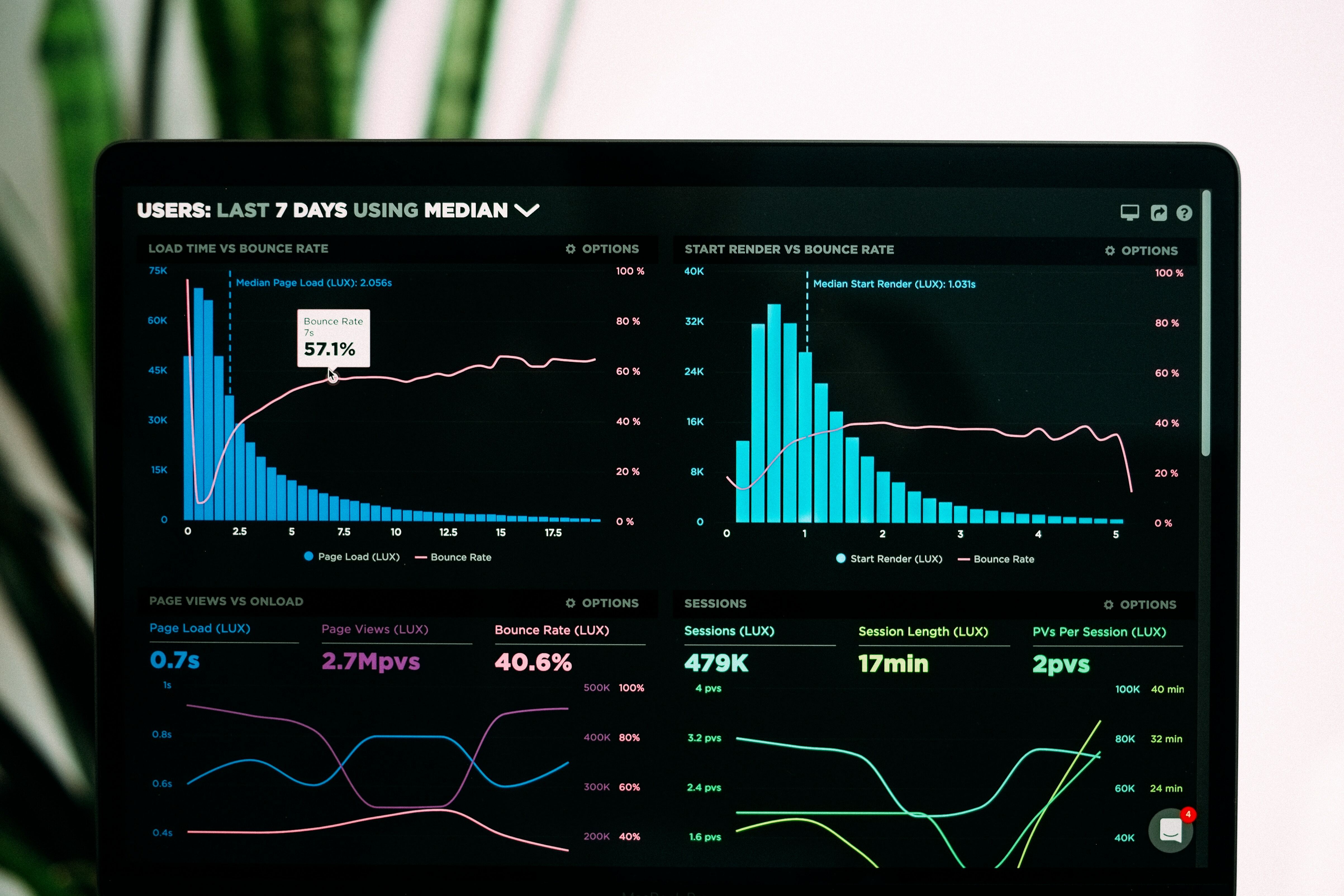Are you in danger of becoming a click-head?
In the ever-evolving world of digital advertising, metrics have become the lifeblood of campaigns. Advertisers and marketers rely heavily on these metrics to measure, track, and optimise their efforts.
We are taking a break over the festive period, and our offices will be closed from 17:00 on 19.12.25 until 09:00 on 05.01.26. If it's an emergency, you can reach the team on 02920 451231. Merry Christmas and a very happy and healthy New Year from us all.
Are you in danger of becoming a click-head?
In the ever-evolving world of digital advertising, metrics have become the lifeblood of campaigns. Advertisers and marketers rely heavily on these metrics to measure, track, and optimise their efforts.
Digital advertising offers a treasure trove of data, providing advertisers with an abundance of metrics to choose from. Click-through rates (CTR), impressions, engagement rates, and conversion rates are just a few examples of commonly tracked metrics. But how much do these metrics really matter?
Tom Wilson, a leading marketing strategist, argues, "Focusing solely on digital KPIs can lead advertisers down a misleading path. It's important to remember that metrics like CTR or impressions don't necessarily translate into real-world business success."
So, while these metrics can provide some insight into campaign performance, they often fall short of determining actual business impact. A high CTR may indicate initial interest, but it does not guarantee meaningful consumer engagement, sales, sign-ups, or other important actions. Lots of impressions means your ad has at least been in the same space as your audience but we don’t know if it had any real impact.
There are many detrimental effects of blindly chasing digital KPIs so we’re here to shed light on the metrics that truly drive meaningful results because results are what we’re all about.

The Metric Trap
We’re all guilty of seeing the best in data. Following the vanity metrics that make our marketing efforts look mighty, but these metrics can be a trap and it’s good to be wary of them.
Marketers often focus on the most attainable metrics that they think represent meaningful results but they're often really just a shadow of the real-world impact. Just like Plato’s prisoners in the cave, when we focus too much on metrics like clicks, we’re really only seeing the shadow of reality. Though hundreds may have clicked on your ad that’s not the key metric, the real-world impact is how many successfully reached the destination and took an action, a number often far lower.
We need to consider the reality behind these metrics before, during, and after campaigns
The difficulties of measurement
We know, it’s not as easy as we make it sound. ‘Consider the real results’, we say. ‘Sure’, you respond, ‘but how are we going to measure them?’
A fair point.
One of the key challenges in digital advertising lies in measuring the true influence of ads on consumers. Unlike offline media, where metrics like viewership, readership, and listenership can provide a sense of reach, digital channels offer a fragmented landscape with numerous touchpoints. Measuring the impact of a specific digital ad on consumer behaviour is no easy task. Tracking consumer journeys, attributing conversions accurately, and understanding the interplay between various touchpoints remain complex challenges.
As James Anderson, an advertising industry veteran, notes, "Measuring true consumer influence is often as hard, if not harder, in the digital realm compared to traditional media. We mustn't overlook the complexities and limitations of digital measurement."
The Neglected Metrics of Business Impact
In the quest for tangible results, it is crucial not to lose sight of the metrics that truly drive business impact. Metrics such as sales revenue, customer lifetime value, brand perception, and customer satisfaction are often sidelined in favour of easily quantifiable digital metrics. While tracking these traditional business metrics may require more effort, they provide a clearer understanding of the actual value generated by advertising efforts.
According to a survey by MarketingWeek, 72% of marketers admit that their current digital metrics do not adequately reflect business impact. It's time for advertisers to shift their focus and allocate resources to measure the outcomes that genuinely matter.

So, how do we strike a balance?
Rather than solely relying on digital metrics, advertisers need to strike a balance between easily measurable metrics and those that truly reflect business outcomes.
Digital campaigns should be evaluated based on a combination of metrics, including not only clicks and impressions but also meaningful engagement, conversion rates, and actual sales impact.
Furthermore, investing in advanced attribution models, data analytics, and consumer research can help bridge the measurement gap and provide a more accurate understanding of consumer influence. These efforts will help advertisers make informed decisions, optimise campaigns effectively, and allocate budgets wisely.
Here are three ways we try to shine a light on the reality behind our data and avoid the metric trap:
Pre and post-campaign polling
We often use polling with our clients to get another layer of data to assess campaigns as a whole. It’s relatively affordable so can even be an option for smaller budget campaigns. Often we set a baseline set of results with a pre-campaign poll and follow up with the same or similar questions post-campaign to see what impact the activity had. This, combined with digital metrics provides a better view of the real-world results.
Focus groups (ask actual people!)
This is something our colleagues at creative agencies do a lot and they do it well. They get real people in a room and develop the data they need directly. Understanding the qualitative responses of your audience to your marketing activity, whether you’re planning or have just completed a campaign, can be a rich source of real-world metrics. This can again be overlaid onto your digital metrics to get a better picture of the resulting reality.
Brand tracking studies
Of course, the ultimate version of the above is brand tracking - ongoing polling, focus groups, and research to consistently understand the position of your brand or organisation in the minds of your audience. It allows for a detailed understanding of the impact campaigns are having on your audience and allows for full integration of all metrics to understand the reality of your marketing efforts. Obviously, this is all well and good for those with mega budgets, but we can dream, can’t we?
So the next time someone asks you to blindly chase clicks, don’t be a click head, think about how you can strike a balance between easily measurable metrics and those that really do reflect your organisation’s outcomes. Only then will you unlock the full potential of digital advertising and drive meaningful results.

Fancy some help understanding how to measure the impact of your advertising campaigns?
Our website uses cookies to enable functionality and provide site usage data. Details can be found in our Privacy Policy. Continuing to use this site implicitly accepts this usage of cookies.